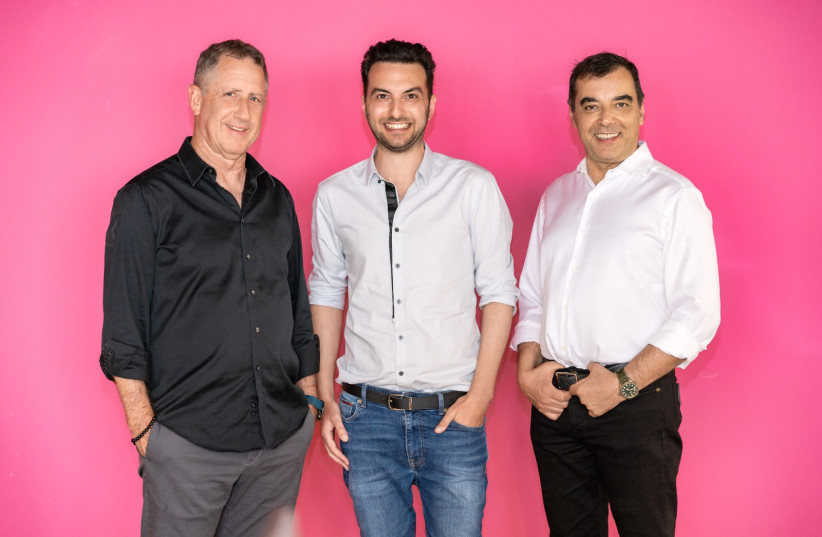Generative AI, a type of artificial intelligence that can create new content based on prompts, has emerged as one of the most exciting areas of technological innovation in recent years, enabled by recent breakthroughs in Natural Language Processing (NLP). One of the most prominent examples of this technology is ChatGPT, a large language model developed by OpenAI that has garnered widespread attention for its impressive ability to generate human-like text.
While ChatGPT has taken the role of Generative AI’s poster child, there is a flourishing ecosystem of other innovative platforms being developed and released at a breakneck pace.
Jurassic-2
One such developer, AI21 Labs, released its latest iteration of its Artificial Intelligence language model, Jurassic-2, this week. The new model incorporates features including non-English languages, the ability to process longer text and the ability to comprehend and carry out instructions.
Furthermore, Jurassic-2 further refines every facet of Jurassic-1, advancing its capabilities in paraphrasing, summarization, grammatical correction, text recommendation and text segmentation.
According to Stanford University's HELM (Holistic Evaluation of Language Models), which is the de facto standard of language models, Jurassic-2 ranks second place in the world, only behind OpenAI’s davinci model.
Though it will be utilized in upcoming products from AI21 Labs itself, Jurassic-2 will also be available for use by developers everywhere through AI21 Studio, the company’s NLP-as-a-Service developer platform.
“When we released Jurassic-1, we were the first company to offer open access to Large Language Models without any waiting list, allowing anyone to build textual generative AI apps,” said Ori Goshen, co-CEO and co-founder of AI21 Labs.
“The Jurassic-2 family of models represents the next leap forward and will enable developers and organizations to build text-based applications, faster, with state-of-the-art performance at a fraction of the cost. For those who don’t need all the capabilities for Jurassic-2 but still want to integrate generative AI into their websites, we also have new task-specific APIs to make our language models easily available to businesses and their needs,” he said.
Udi Karpas, squad director at AI21 Labs, elaborated further on the company’s interest in making its technology available to a wide range of developers.
“AI21 has two branches. Branch number one deals with what we think this technology can do, internally. Branch number two [tells developers] ‘this is the technology. Go ahead, bring your imagination, build on top of it,’” he said. “This is the reason why Studio was started: we don't want to be limited by our own imagination’s capabilities. We have one idea — there are 100 other ideas, let the markets actuate them.”
According to Karpas, one of the most important generative AI development milestones to work toward is improved factual accuracy. — something that the team at AI21 Labs is working to accomplish.
“Currently, language models are unreliable in the sense that they generate text which is engaging and fluent, but it can be plain wrong,” he said. “The field is moving so fast that maybe in six months, things will be different but at the moment, improving factual accuracy is what’s going to push the technology forward.”


